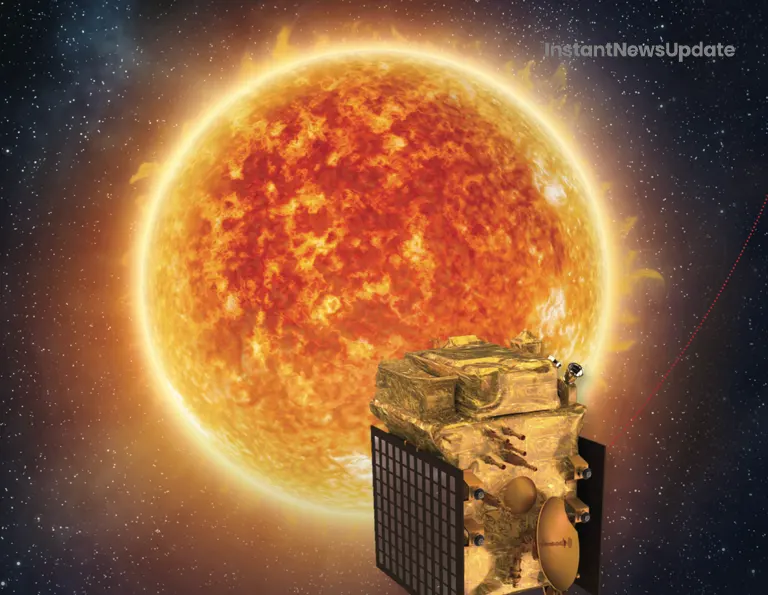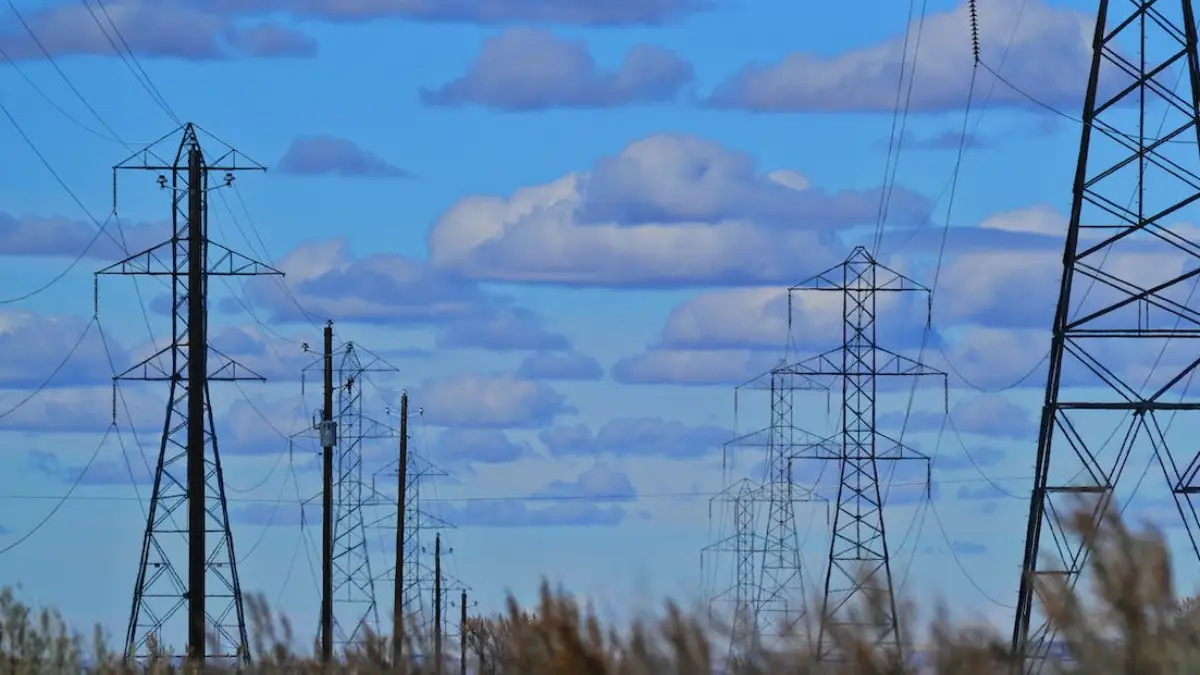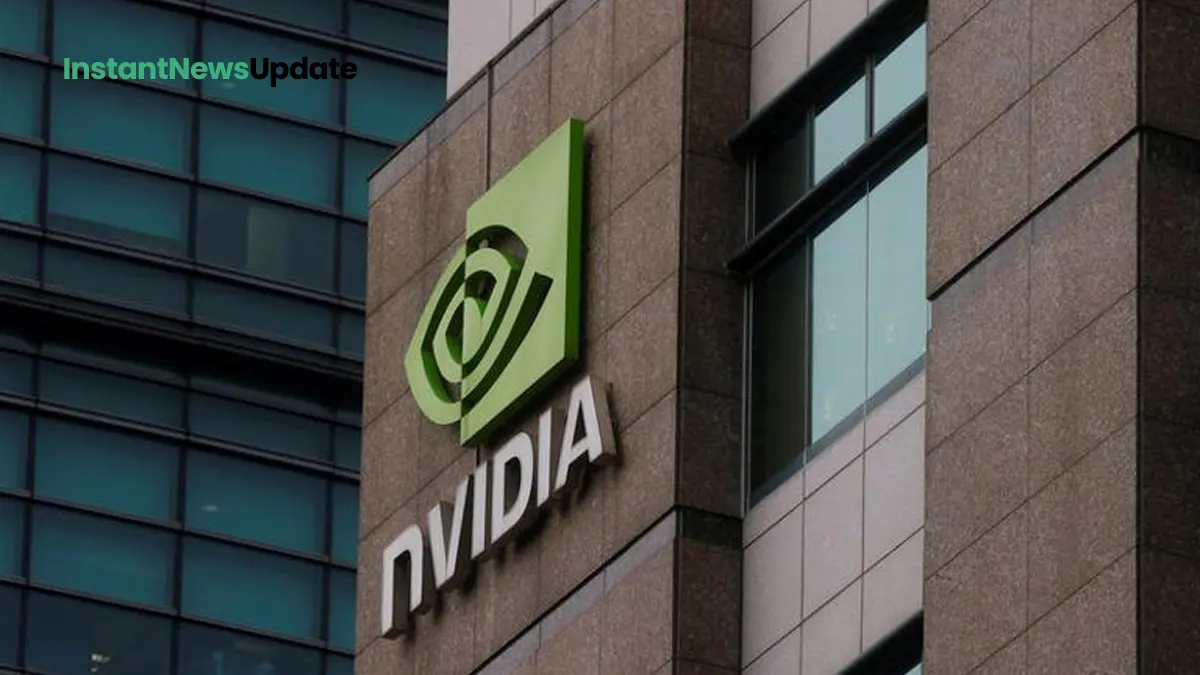India, a pioneer in space exploration, embarks on a historic journey as it launches its maiden solar mission, Aditya-L1. The spacecraft aims to unravel the mysteries of the Sun’s activities and their impact on space weather phenomena. Follow live updates on this remarkable mission.
Introduction
In a remarkable achievement that follows their recent lunar success, India is all set to launch its inaugural mission to the Sun, named Aditya-L1. The spacecraft, an unmanned observation satellite, is a testament to India’s prowess in space technology and its relentless pursuit of scientific exploration.
Key Points
- India’s Aditya-L1 mission to the Sun follows the successful landing of a spacecraft on the Moon’s uncharted south pole.
- Aditya-L1, derived from the Hindi word for Sun, will monitor the Sun’s activities and their effects on space weather, particularly solar storms.
- The launch is scheduled for 11.50 am local time (7.20 am BST) from Sriharikota, the same space center that witnessed the historic Chandrayaan-3 moon mission.
The Journey to the Sun
Aditya-L1’s journey to its final destination, a halo orbit around the Sun known as Lagrange Point 1 (L1), will span approximately four months. This mission commences in Low Earth Orbit and then progresses along an elliptical path before utilizing onboard propulsion to reach L1, situated around 1.5 million kilometers from Earth. This strategic positioning will grant Aditya-L1 an uninterrupted view of the Sun.
Prayers for Success
In the holy city of Varanasi, Hindu priests gathered to offer prayers for the success of India’s Sun mission. They performed a traditional “havan” ceremony, an integral part of Hindu rituals, to invoke blessings and ensure an auspicious beginning. Similar ceremonies were conducted during the Chandrayaan-3 launch.
The Power of Science
Experts believe that the Aditya-L1 mission holds immense scientific potential. The Sun emits energy particles that can disrupt satellites controlling global communications when they strike. Therefore, studying these emissions from a unique vantage point like L1 is crucial in safeguarding communication systems and other critical infrastructure.
Aditya’s Payloads
Aditya-L1 carries seven dedicated payloads designed for studying various aspects of the Sun. These instruments will investigate the Sun’s photosphere, chromosphere, and corona, and conduct particle and magnetic field analysis at Lagrange Point 1. The objectives include the study of partially ionized plasma, analysis of Coronal Mass Ejections, and the observation of solar flares.
Why Study the Sun from Space?
Aditya-L1 will provide the first opportunity to observe the Sun from space, enabling real-time analysis of solar activities and their impact on space weather. Radiations from the Sun that do not reach Earth’s surface can be observed from space, allowing for comprehensive solar studies.
Launch Details
The Aditya-L1 Sun observatory mission will launch from the Satish Dhawan Space Centre at 11.50 am IST (7.20 am BST). This ambitious mission comes on the heels of India’s historic lunar landing, marking another significant milestone in the nation’s space exploration endeavors.

Conclusion
India’s foray into solar exploration with the Aditya-L1 mission signifies a giant leap in the field of space science. As this mission unfolds, it promises to reveal invaluable insights into the Sun’s dynamics and its influence on our technological world. Stay tuned for more updates on this groundbreaking expedition.









